Rare Trans-Mississippi Frontier hunting frock or coat made of brain-tanned bison or elk hide embellished with polychrome, quillwork decorative motifs on breast and cuffs. The quillwork style is of northern Plains origin, possibly Minnesota Sioux, consisting of floral, star, bird, and other figural motifs, rendered in flattened quills dyed red, white, green, and yellow. Although clearly of Native American origin, the cut is that of a traditional form of hunting frock popular to white frontiersmen and probably made for this trade, with a standing collar approximately 1-1/2" high, open-breasted in front and closed by seven flat brass “coin” buttons on the right breast, with 7 corresponding cut holes on the left. Each one-piece button is 3/8" diameter and back-marked “WARRANTED * RICH ORANGE." Coin" buttons of this sort were commonly produced both in England and America during the period 1810-1840 and can be found on numerous archaeological sites of this period. The buttons are attached and "stayed" to the breast by running the shanks through a lace, which it whipstitched to the inside of the coat body and covered over with an innerfacing or partial lining down the breast front of a plain-weave, woolen flannel of plaid pattern (blue and green with red pin-stripes). This material was a type commonly procured by the War Department’s Bureau of Indian Affairs and the United States Army, used both as trade cloth and also for lining of military uniforms during the 1830s-1860s (there are extant uniforms produced at Schuylkill Arsenal using this lining material, as well as a sample of it in an Indian Bureau trade cloth swatch book from the 1830s, all now deposited in the National Museum of American History). The shoulder yoke, armscye, and seams of the sleeves rear are all finished with inset welts of leather, all but those of the front sleeve seams (which are flush) are finished as cut-fringe trimming approximately 2-3/4" long. The bottom hem is similarly finished, with the 2-3/4" fringe strip butted and sewn to the cut edge. PROVENANCE: Private Western collection until circa 1998; purchased for a proposed museum, but later deaccessioned and sold in 2013; private collection to present. CONDITION: The hunting frock show considerable usage during the period, with wear and staining as to be expected, including fading and abrasion to the polychrome quillwork; some loss and tearing to the woolen lining. JLK Name Value Paperwork
Rare Trans-Mississippi Frontier hunting frock or coat made of brain-tanned bison or elk hide embellished with polychrome, quillwork decorative motifs on breast and cuffs. The quillwork style is of northern Plains origin, possibly Minnesota Sioux, consisting of floral, star, bird, and other figural motifs, rendered in flattened quills dyed red, white, green, and yellow. Although clearly of Native American origin, the cut is that of a traditional form of hunting frock popular to white frontiersmen and probably made for this trade, with a standing collar approximately 1-1/2" high, open-breasted in front and closed by seven flat brass “coin” buttons on the right breast, with 7 corresponding cut holes on the left. Each one-piece button is 3/8" diameter and back-marked “WARRANTED * RICH ORANGE." Coin" buttons of this sort were commonly produced both in England and America during the period 1810-1840 and can be found on numerous archaeological sites of this period. The buttons are attached and "stayed" to the breast by running the shanks through a lace, which it whipstitched to the inside of the coat body and covered over with an innerfacing or partial lining down the breast front of a plain-weave, woolen flannel of plaid pattern (blue and green with red pin-stripes). This material was a type commonly procured by the War Department’s Bureau of Indian Affairs and the United States Army, used both as trade cloth and also for lining of military uniforms during the 1830s-1860s (there are extant uniforms produced at Schuylkill Arsenal using this lining material, as well as a sample of it in an Indian Bureau trade cloth swatch book from the 1830s, all now deposited in the National Museum of American History). The shoulder yoke, armscye, and seams of the sleeves rear are all finished with inset welts of leather, all but those of the front sleeve seams (which are flush) are finished as cut-fringe trimming approximately 2-3/4" long. The bottom hem is similarly finished, with the 2-3/4" fringe strip butted and sewn to the cut edge. PROVENANCE: Private Western collection until circa 1998; purchased for a proposed museum, but later deaccessioned and sold in 2013; private collection to present. CONDITION: The hunting frock show considerable usage during the period, with wear and staining as to be expected, including fading and abrasion to the polychrome quillwork; some loss and tearing to the woolen lining. JLK Name Value Paperwork


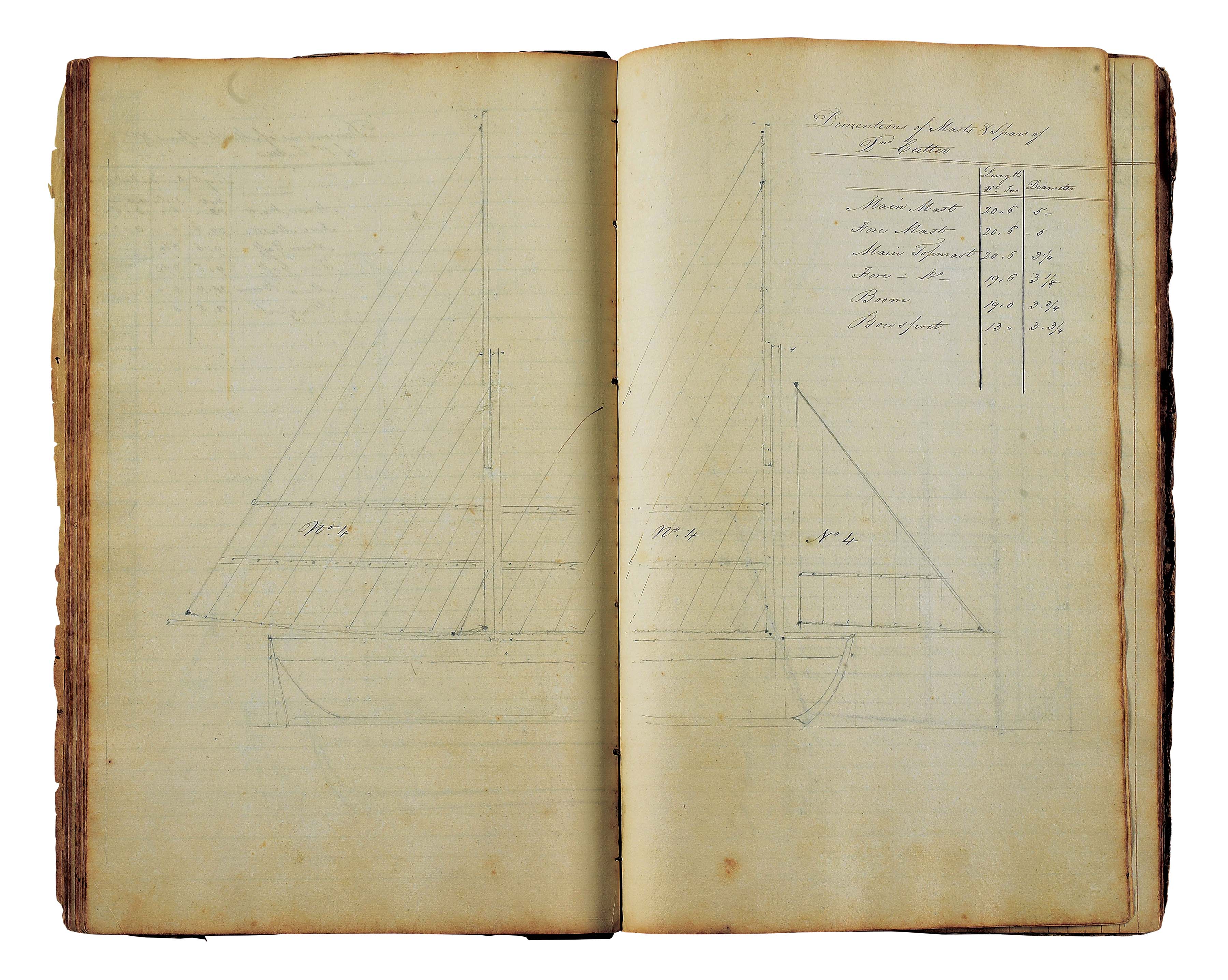


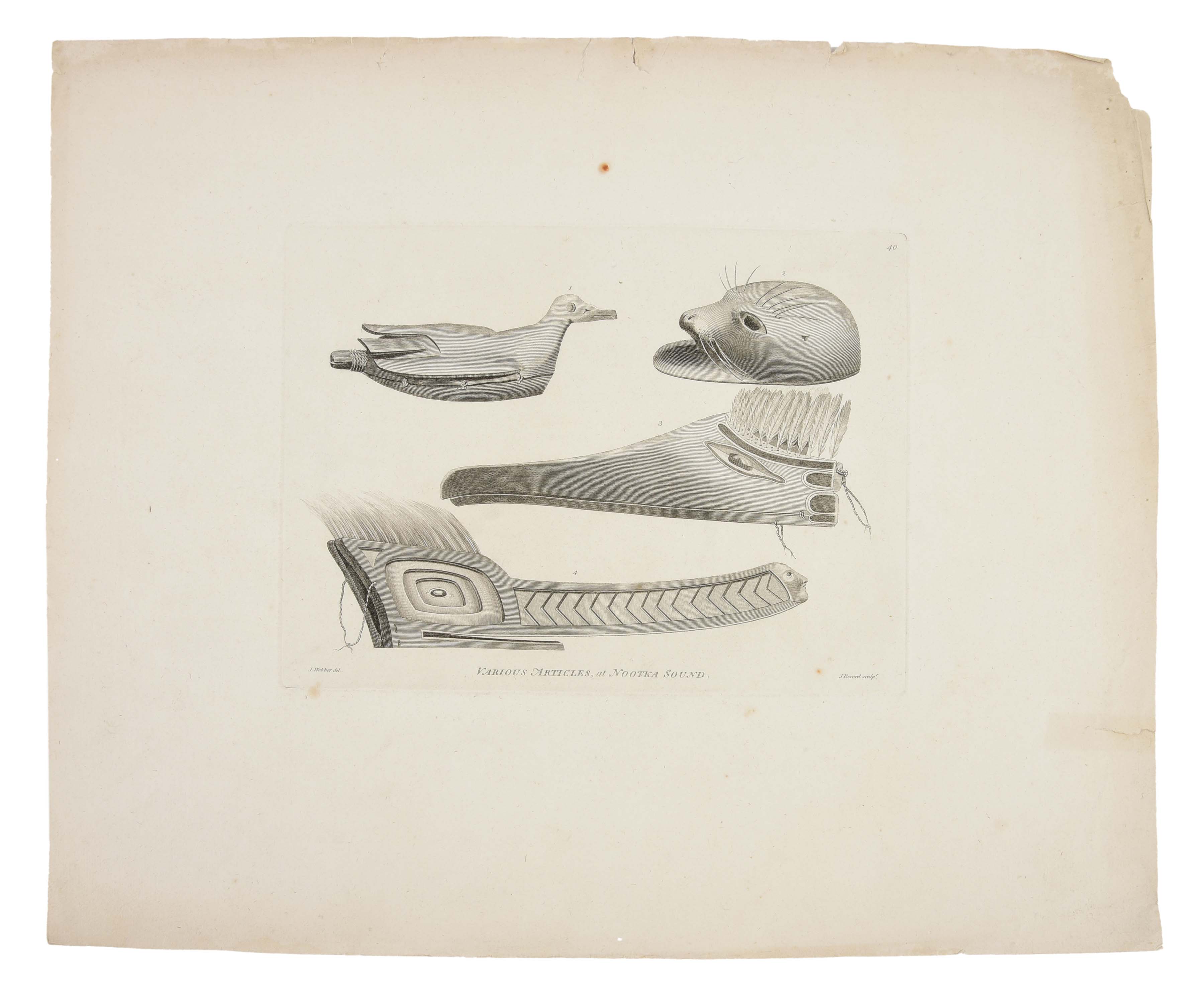
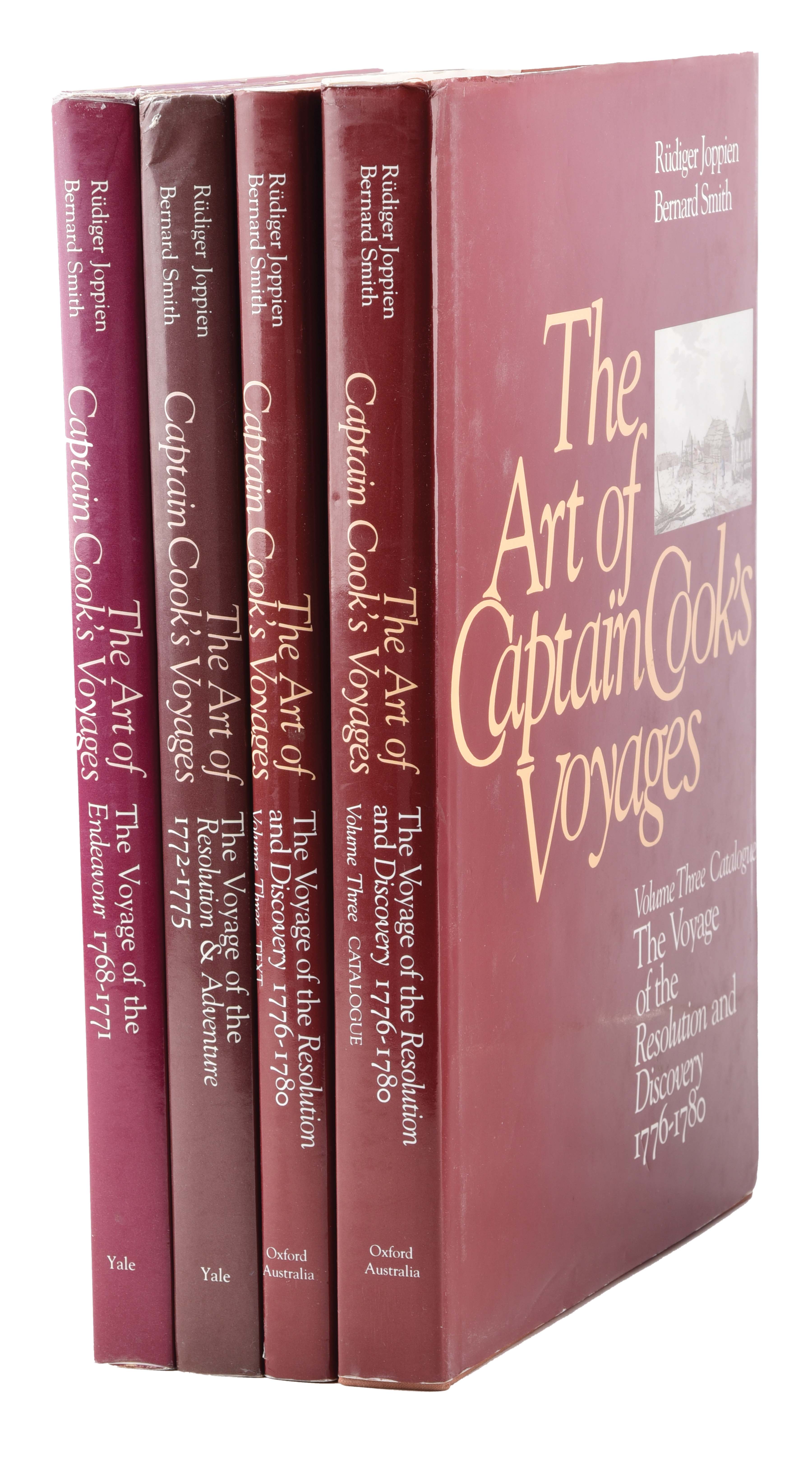
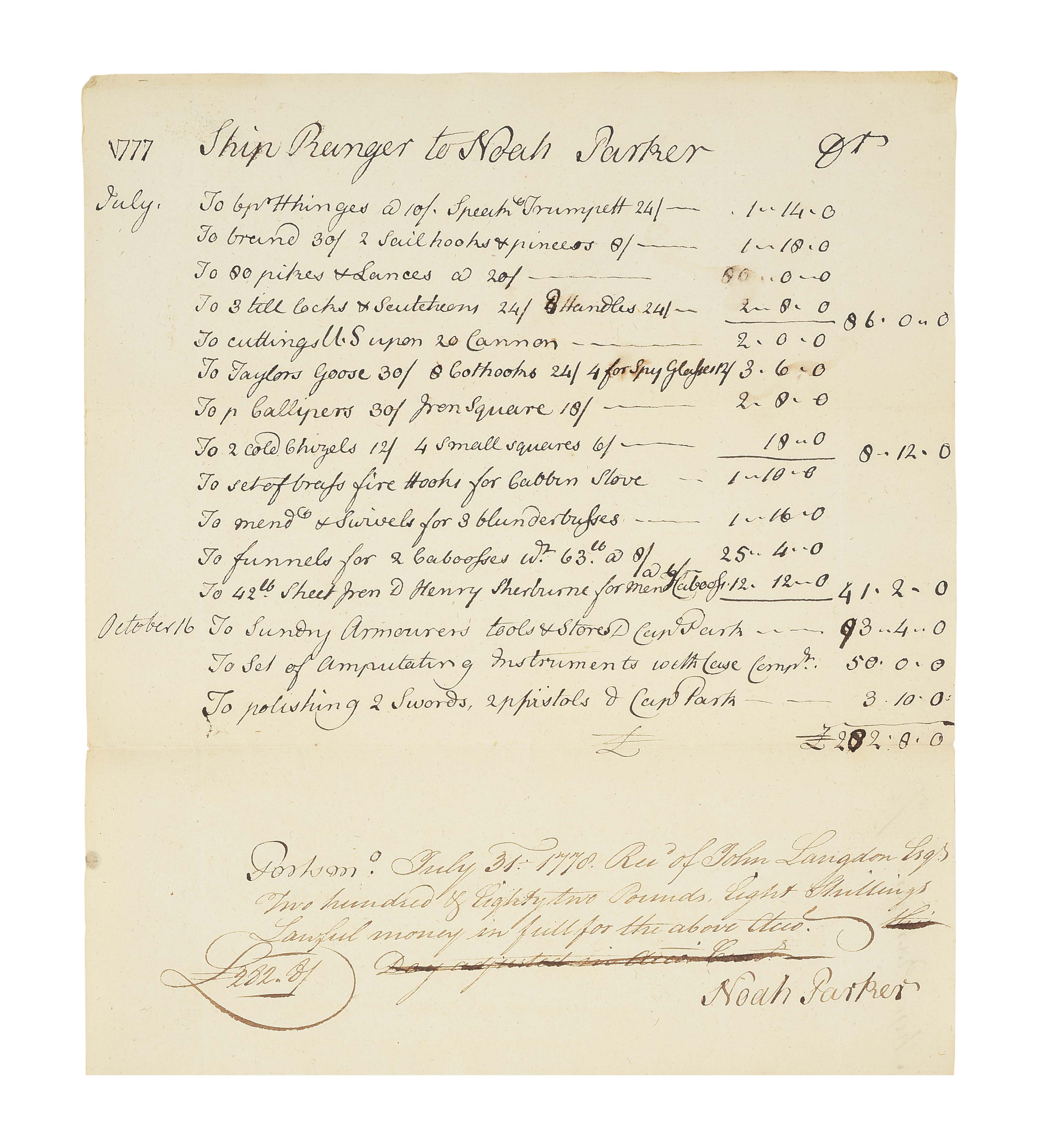

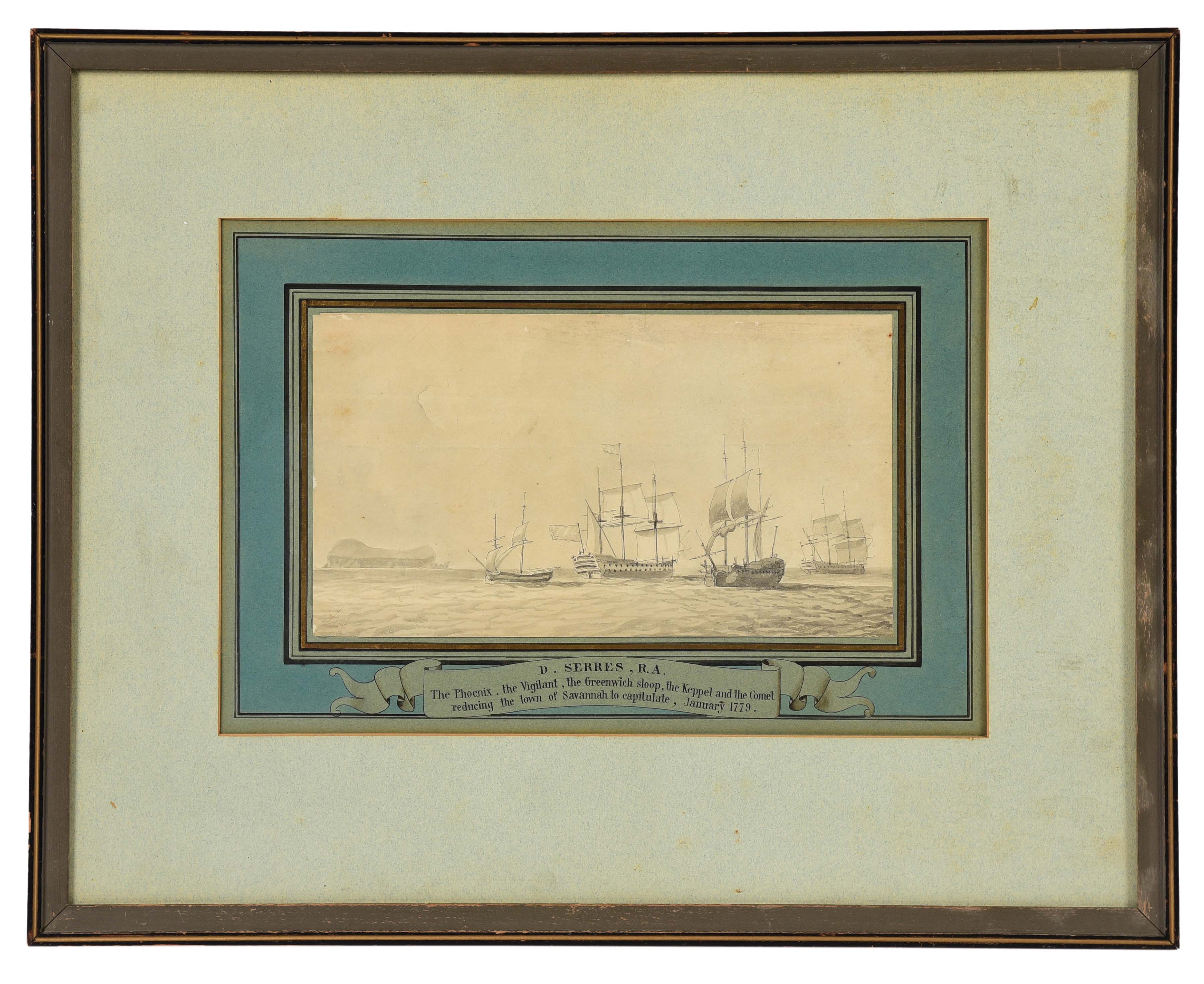
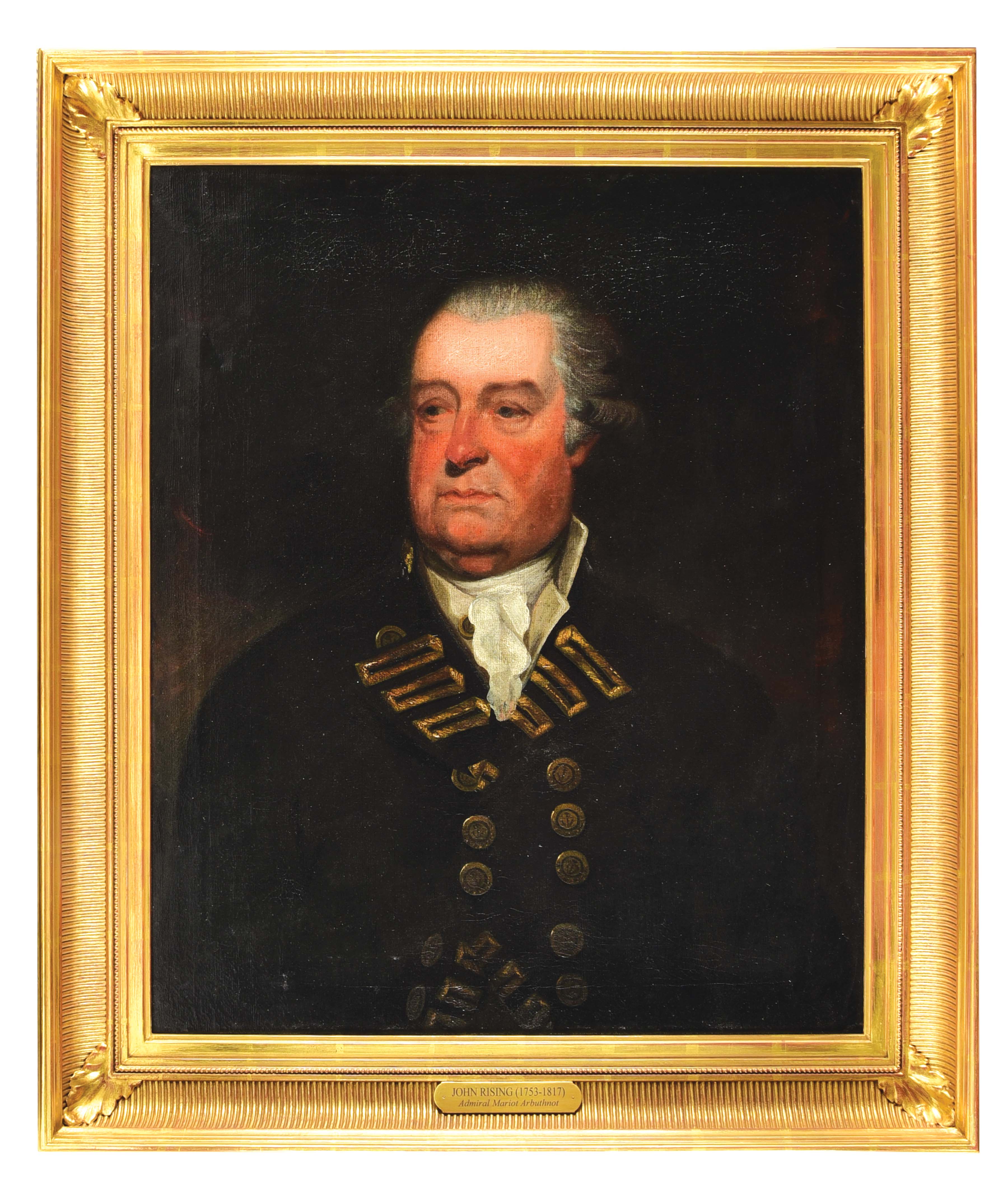
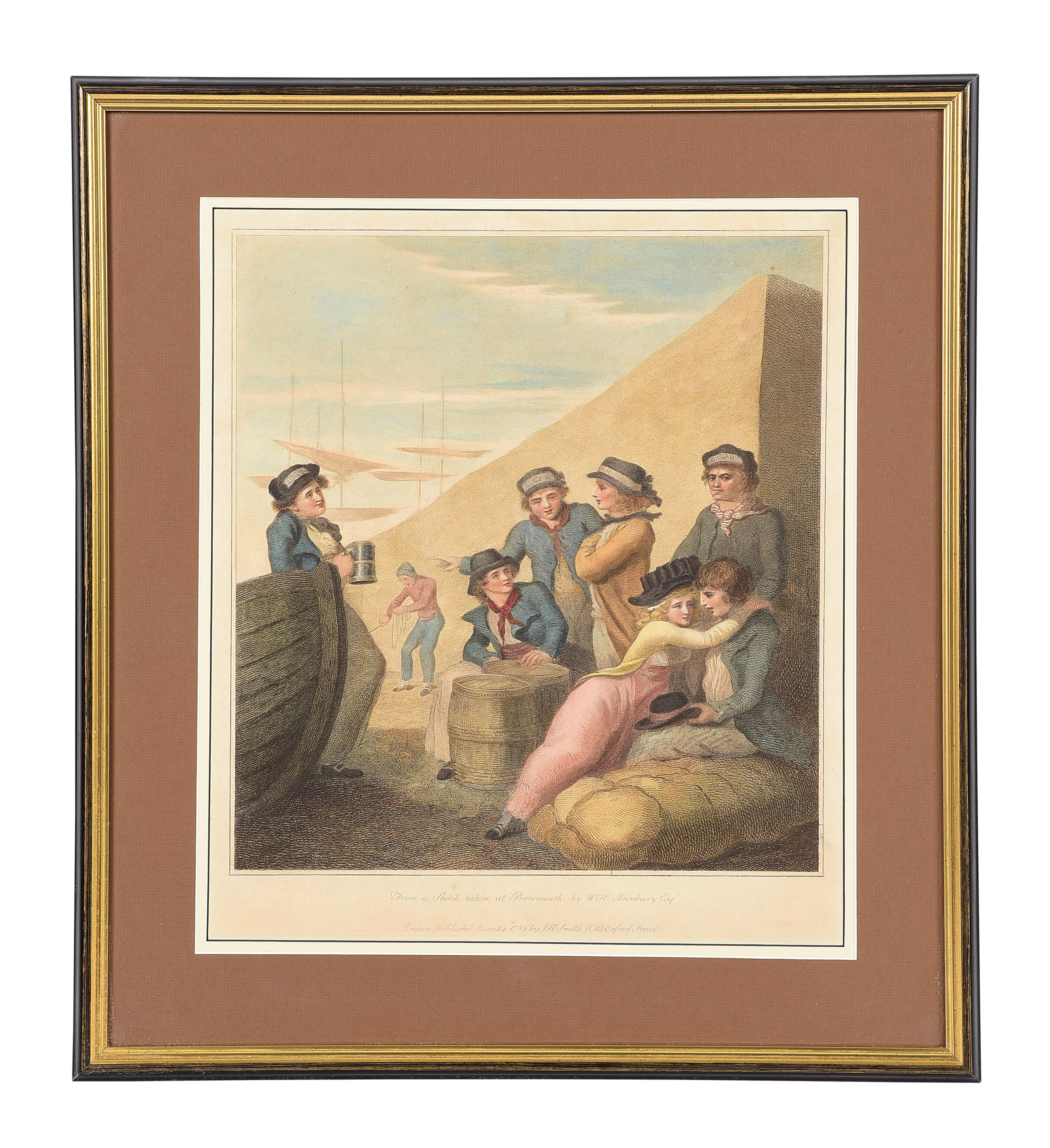


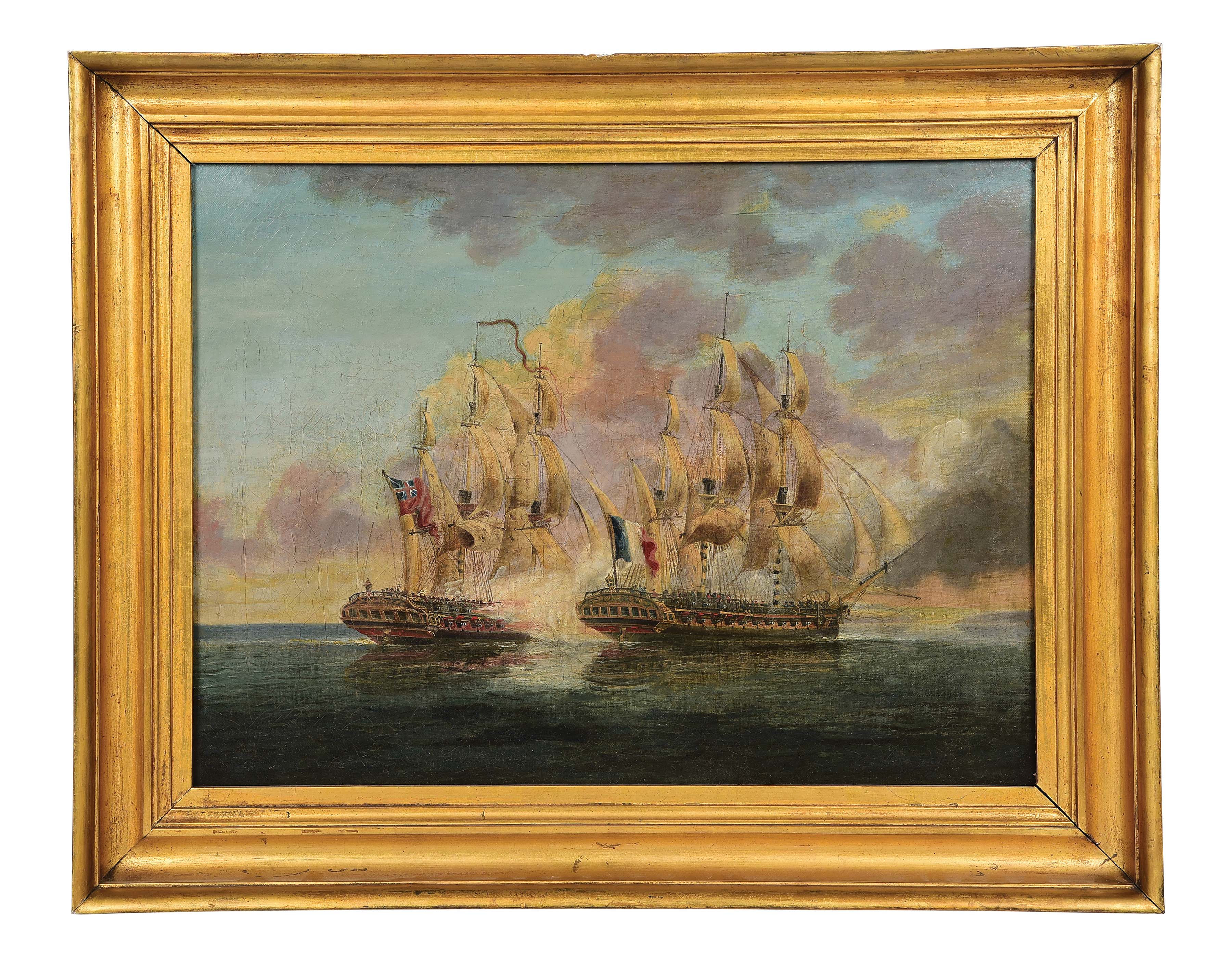
Testen Sie LotSearch und seine Premium-Features 7 Tage - ohne Kosten!
Lassen Sie sich automatisch über neue Objekte in kommenden Auktionen benachrichtigen.
Suchauftrag anlegen